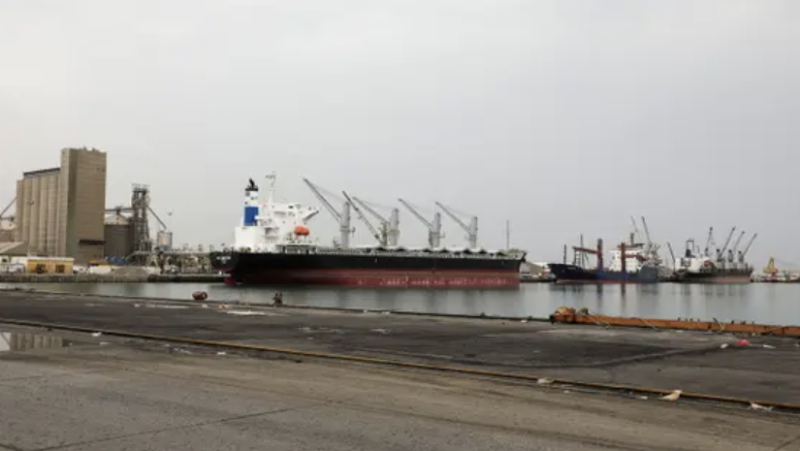UN: Rains, floods affect 150,000 people in Yemen


Heavy rains and floods in Yemen since mid-April are affecting 150,000 people, said the UN on Friday, Anadolu Agency reports.
Homes, shelters, roads and bridges were damaged, water supplies polluted, and basic services such as electricity cut because of the disaster, said Jens Larke, spokesperson for UN Humanitarian Affairs Coordination Office (OCHA), at a press conference.
He also noted that the capital city of Sanaa is the most affected city by the disaster and there has been electricity cut since April 21 in Aden.
Underlining that polluted water sources increase the risk of malaria and cholera epidemic, Larke said: “More than 110,000 suspicious cholera cases have been detected in Yemen since January this year.”
Aden, the temporary capital in the south of the country, was declared a disaster area on April 22 due to the loss and damage caused by the flood.
Yemen has been devastated by a conflict that escalated in March 2015 after Iran-backed Houthi rebels seized the capital Sanaa, and forced President Abdrabbuh Mansour Hadi to flee the country.
Over five years of conflict have left thousands of civilians dead and 3.65 million internally displaced, according to the UN.
Nearly half of Yemen’s over 30 million people need immediate assistance to sustain or save their lives.
The World Food Programme says that despite ongoing humanitarian assistance, at least 15.9 million people wake up hungry every day.
It is estimated that, in the absence of food assistance, this number would go up to 20 million.

Paris — The French humanitarian organization Acted announced that it has delivered cash assistance to nearly 89,000 people affected by displa…

Sana’a — Fuel and food imports into ports under the control of Yemen’s Houthi movement on the Red Sea have continued to fall for…

ADEN — Yemen Airways, the country’s national carrier, announced it will resume flights between Aden and Abu Dhabi beginning in January…